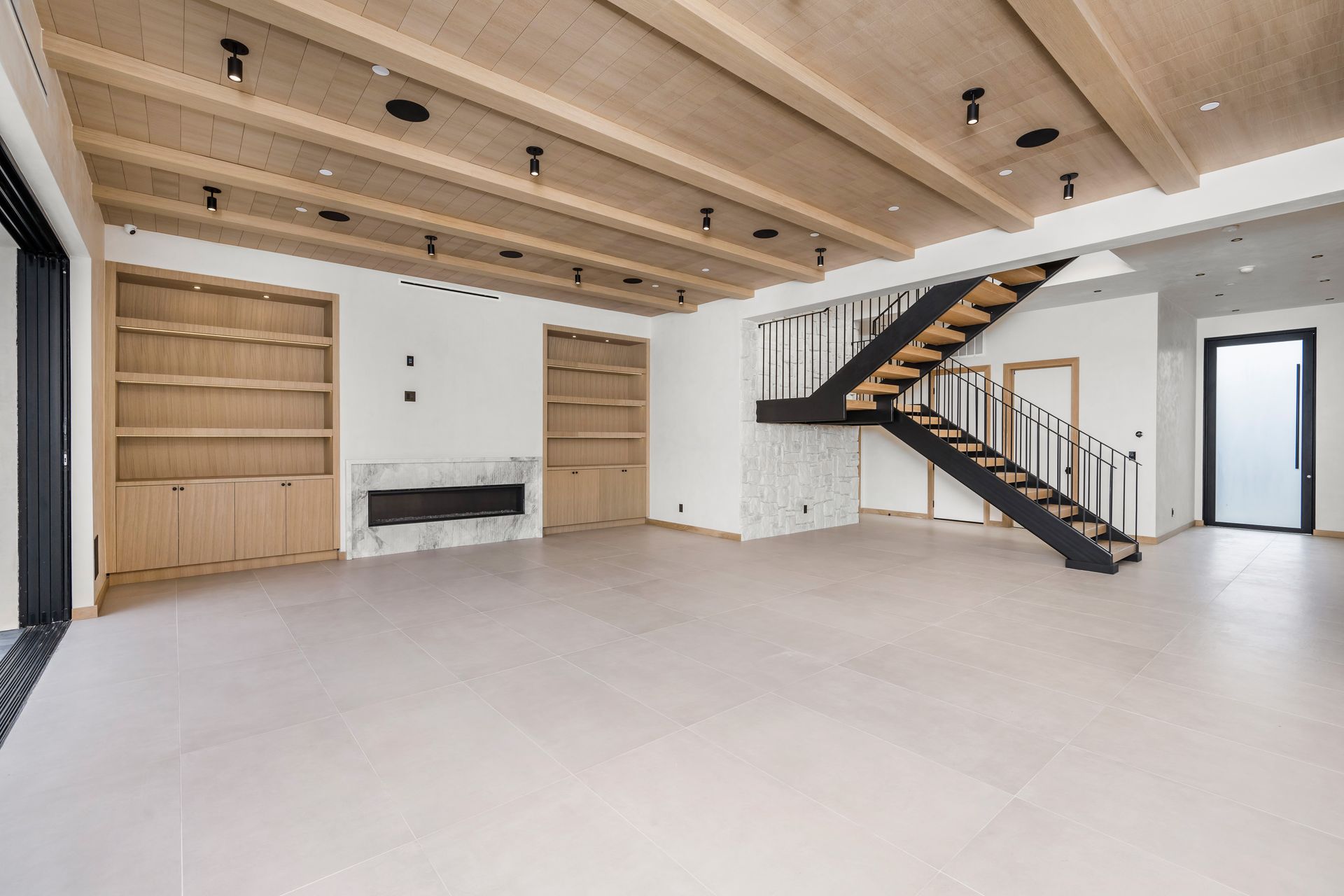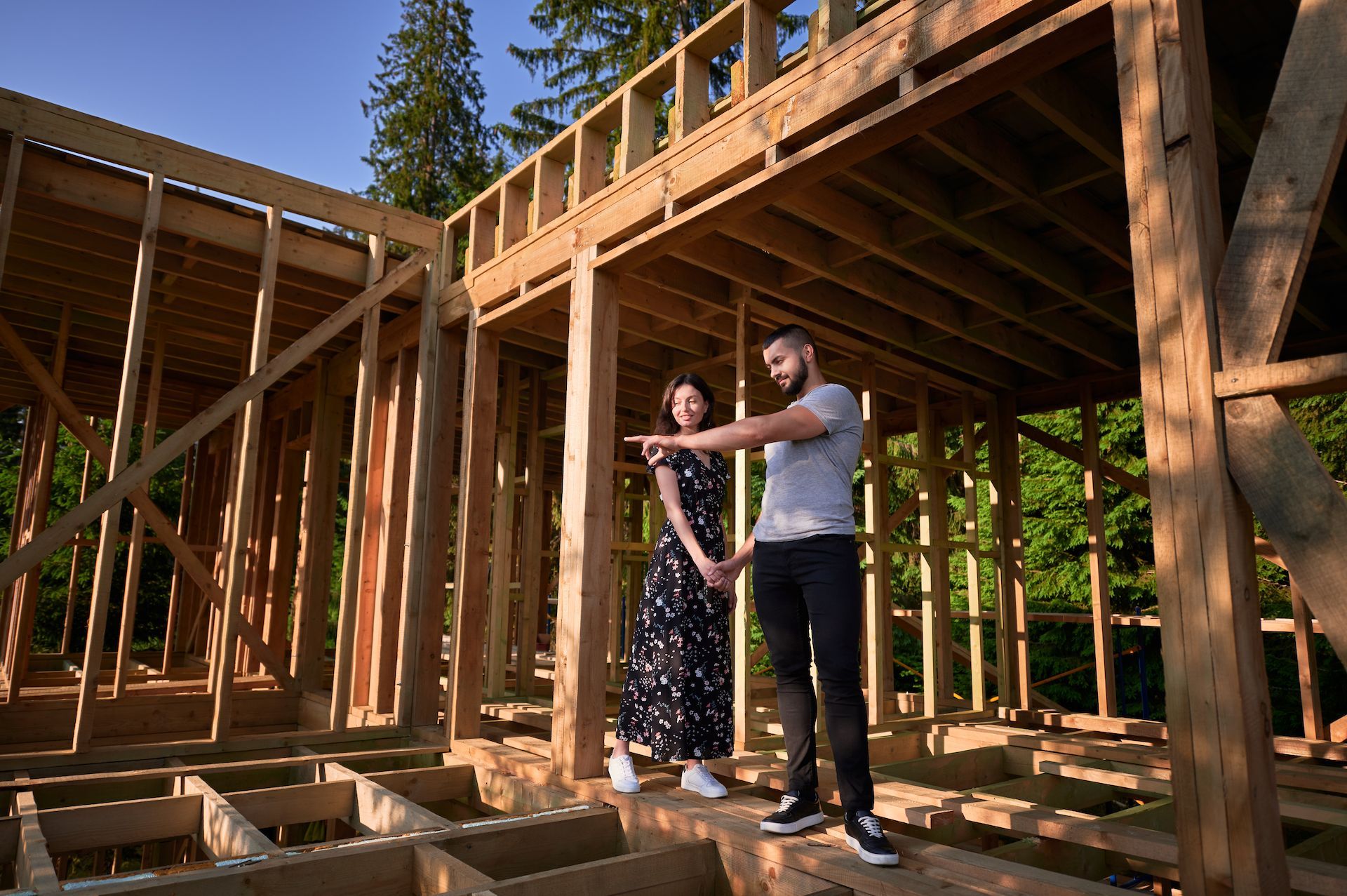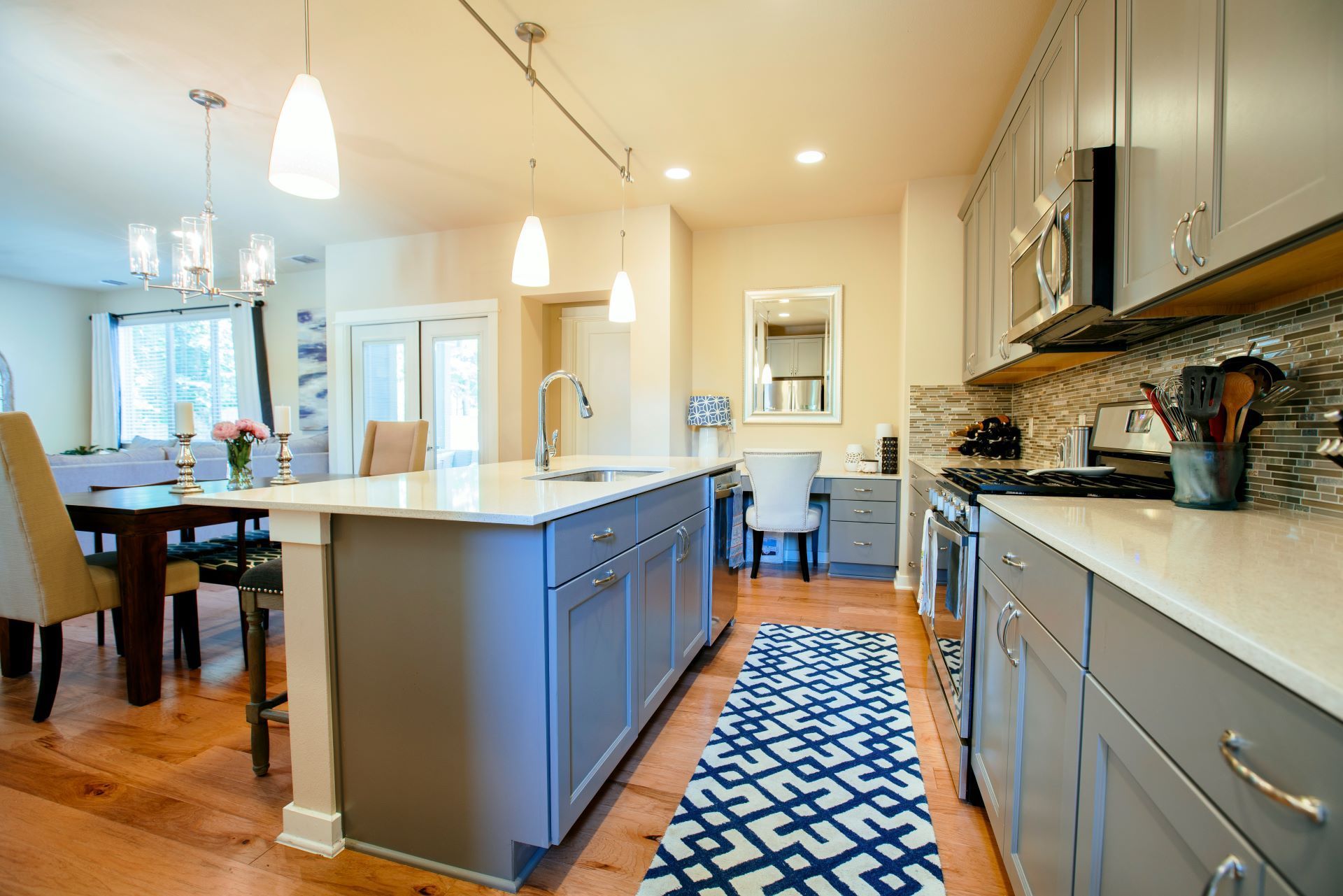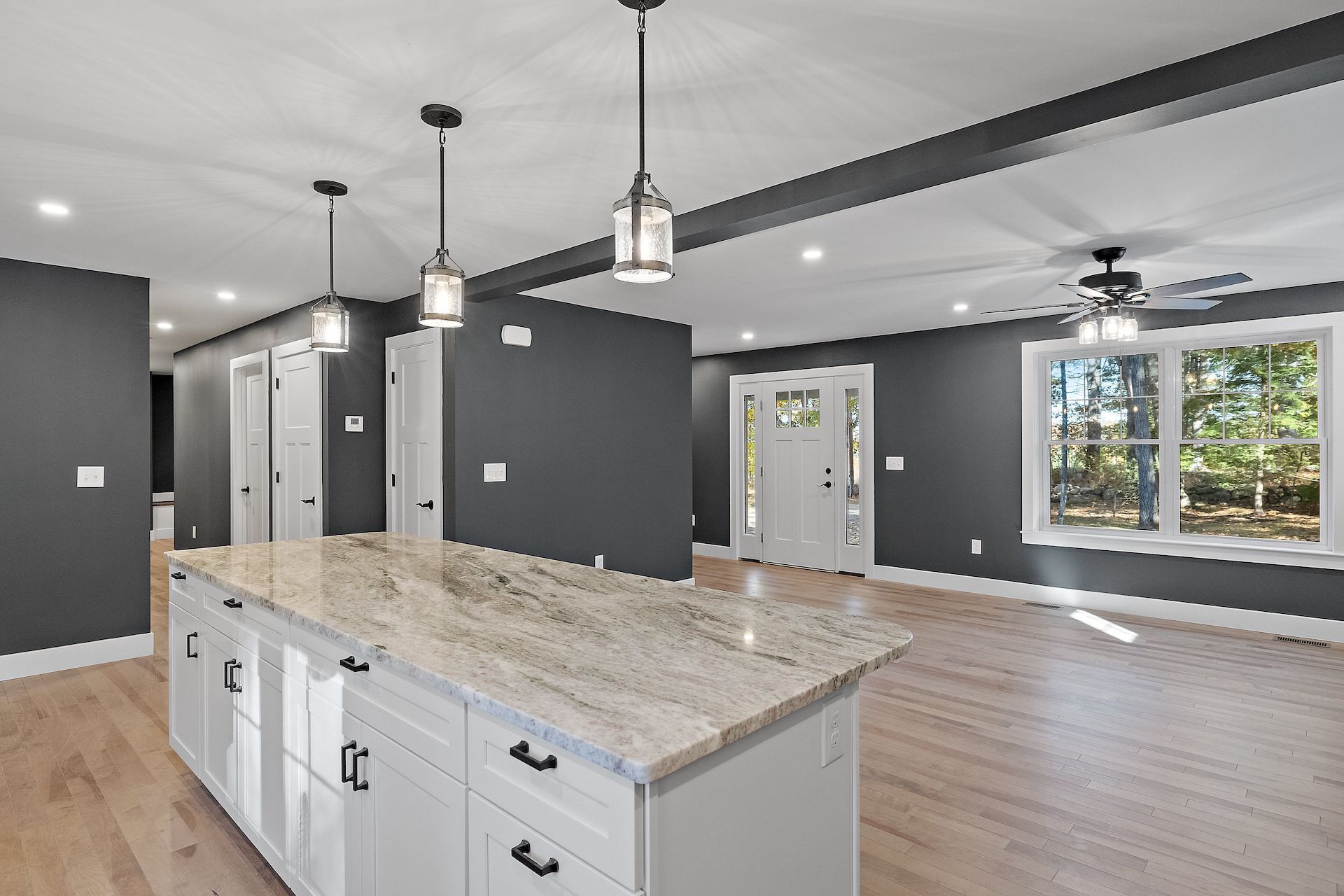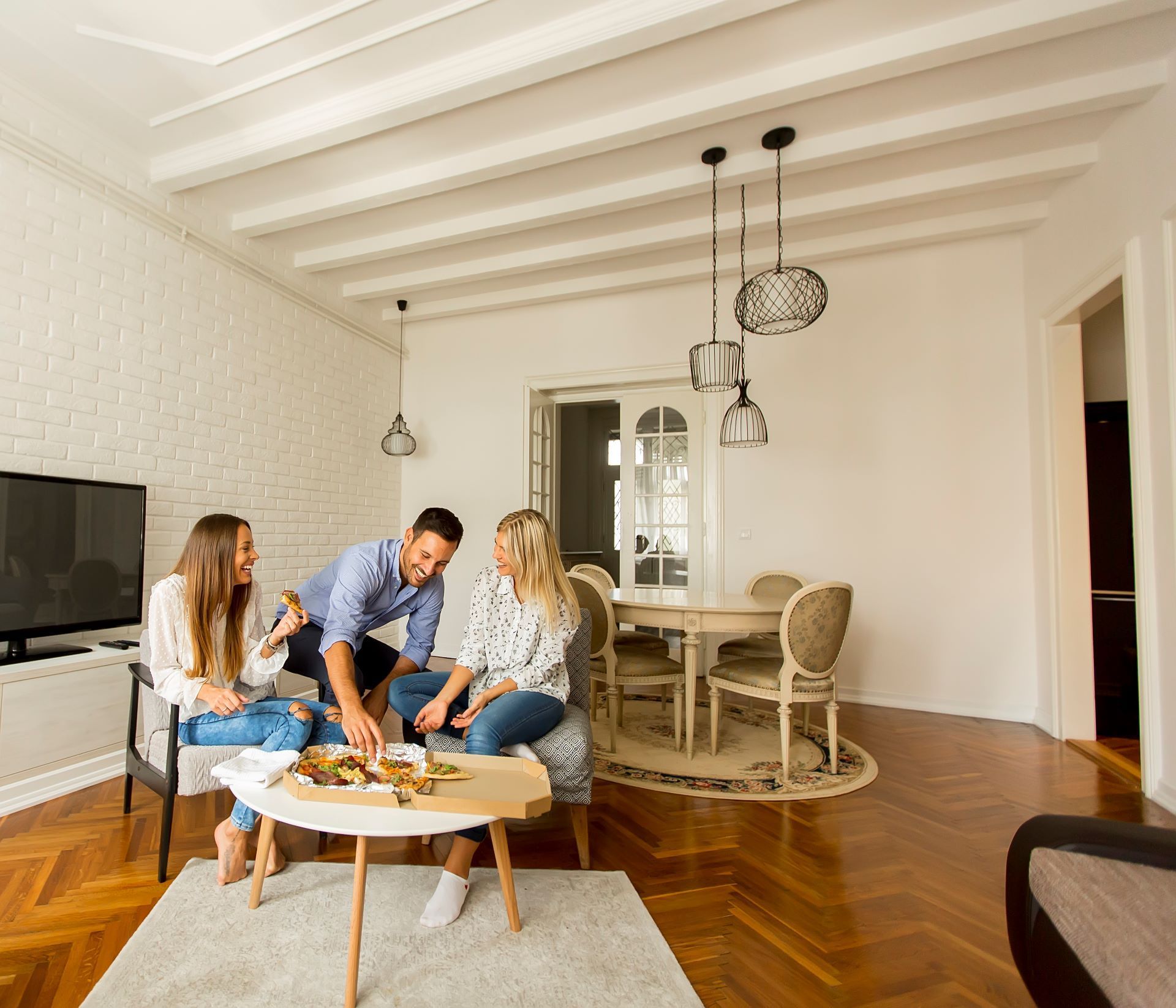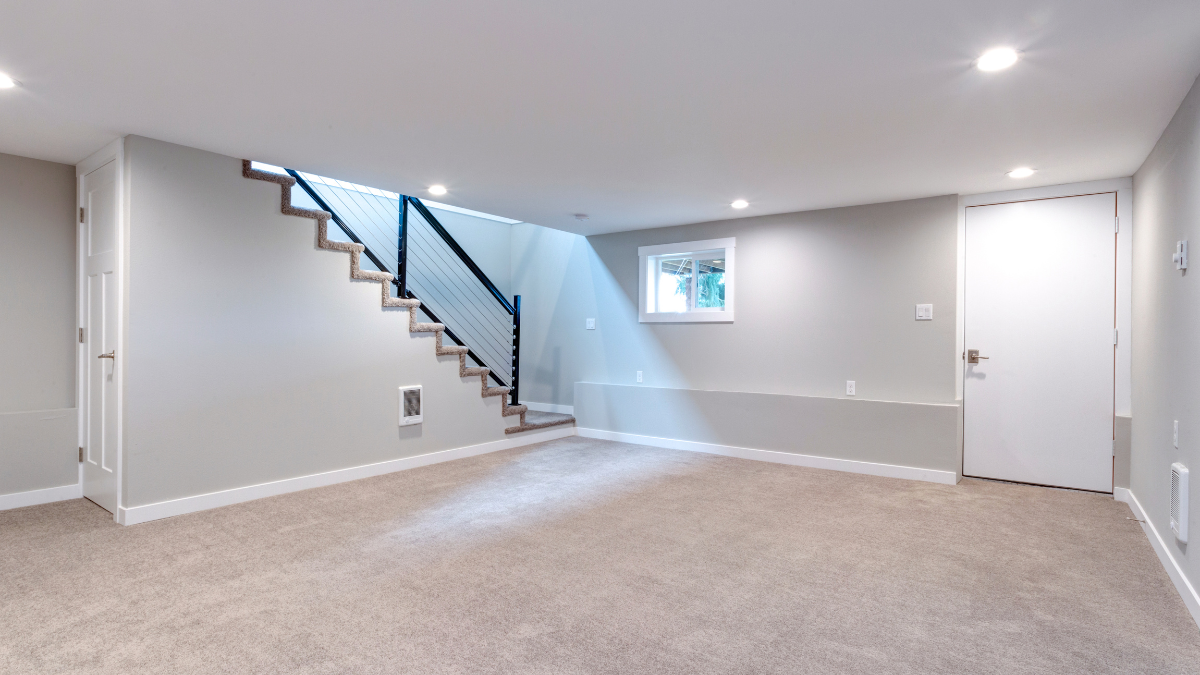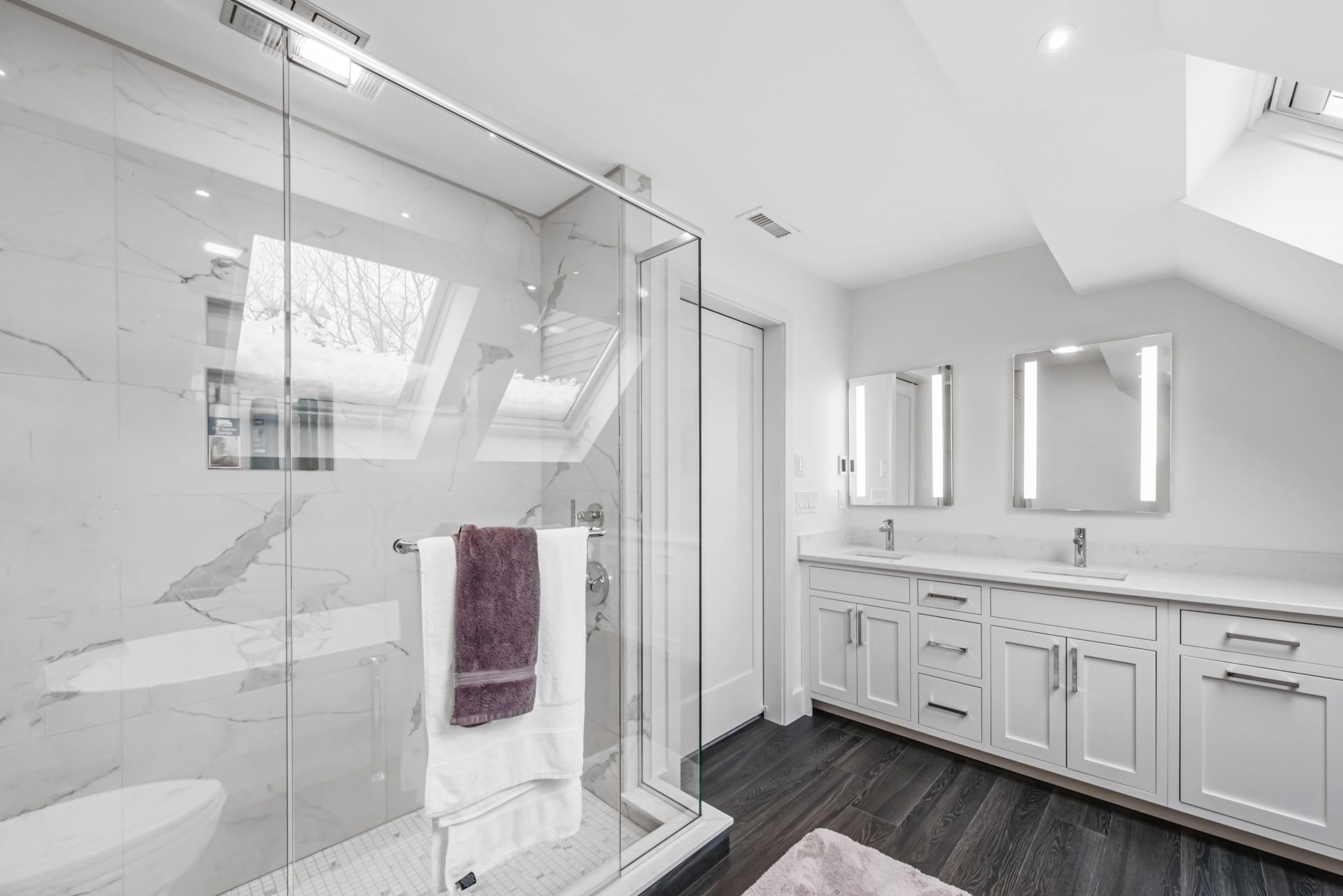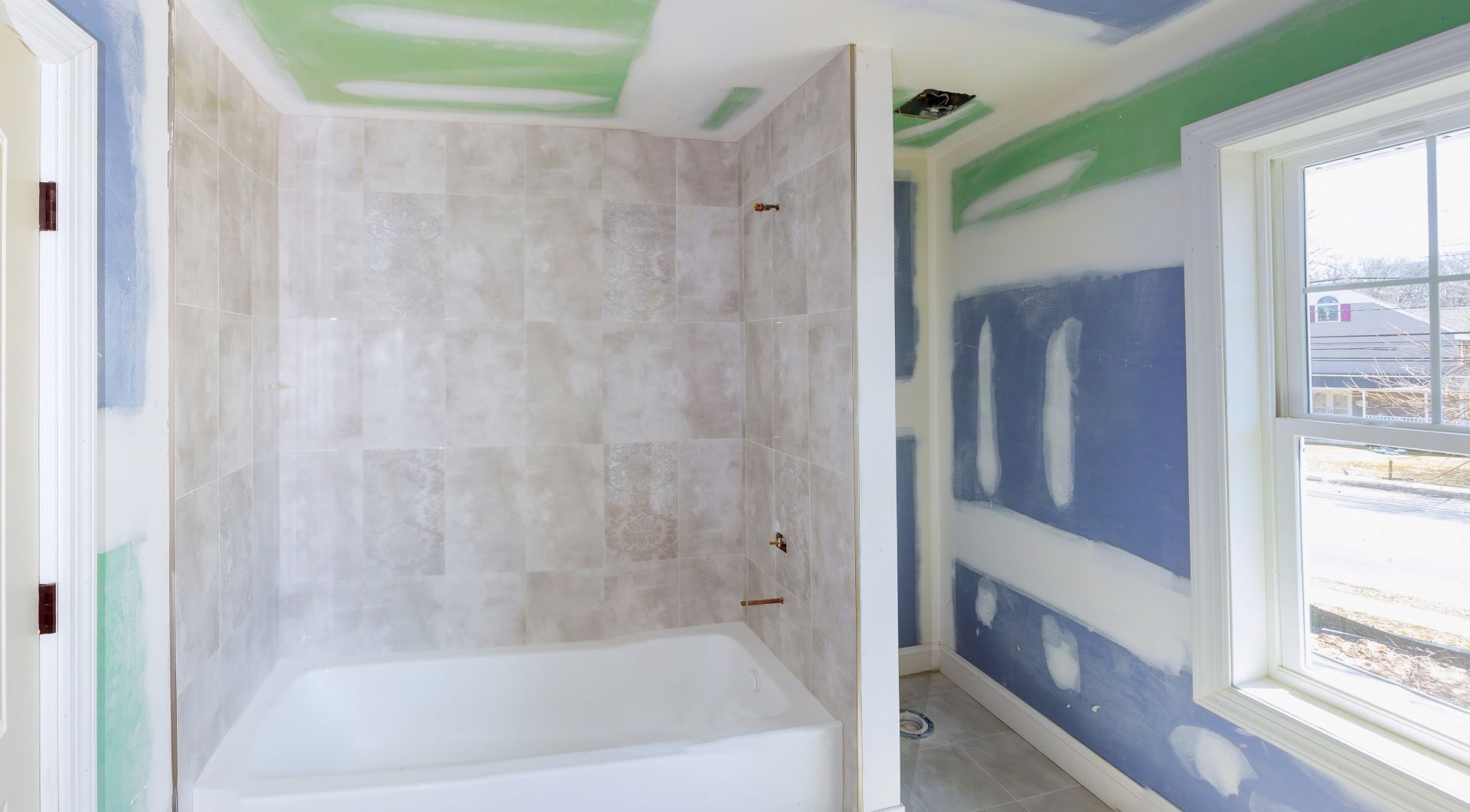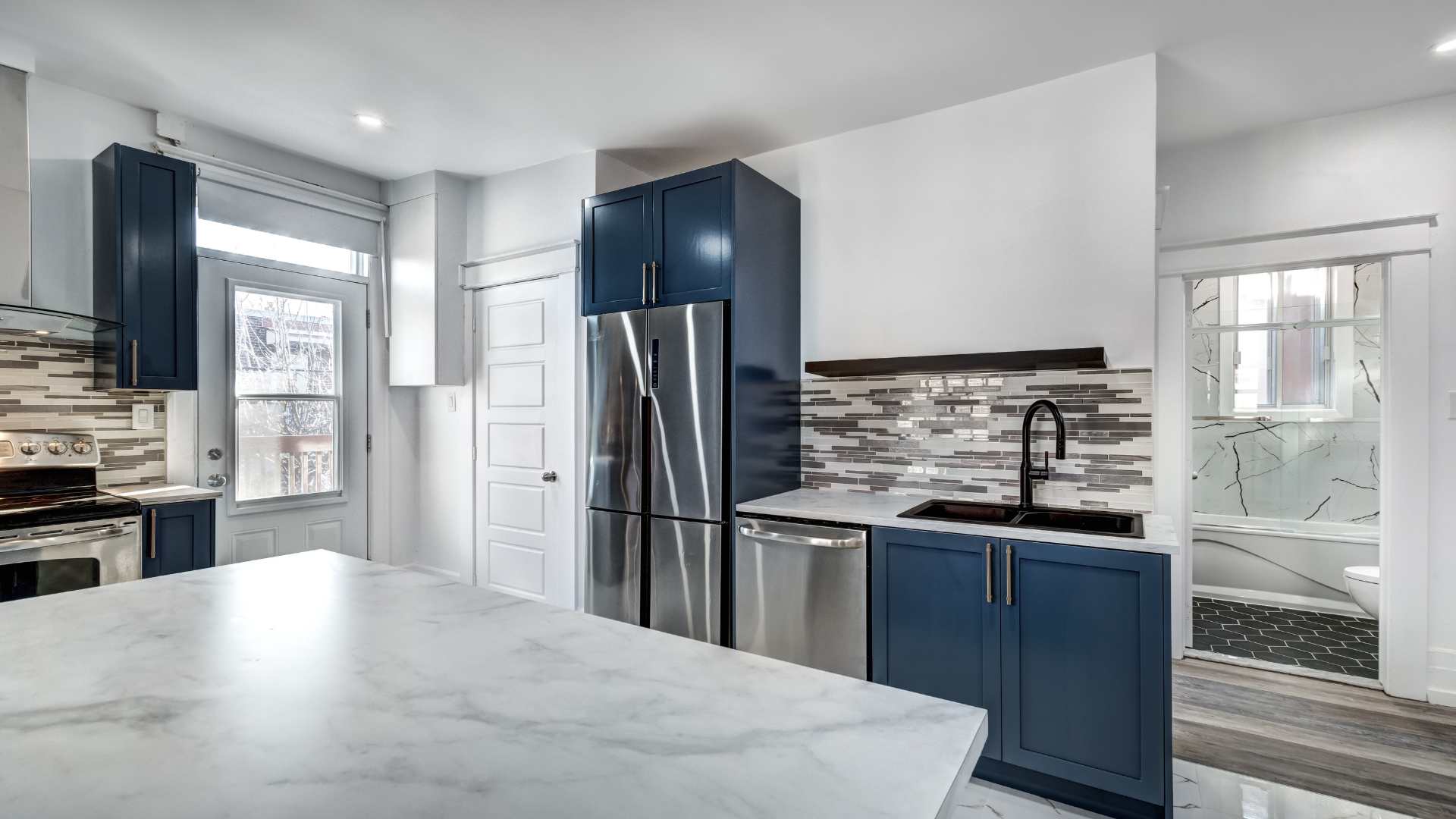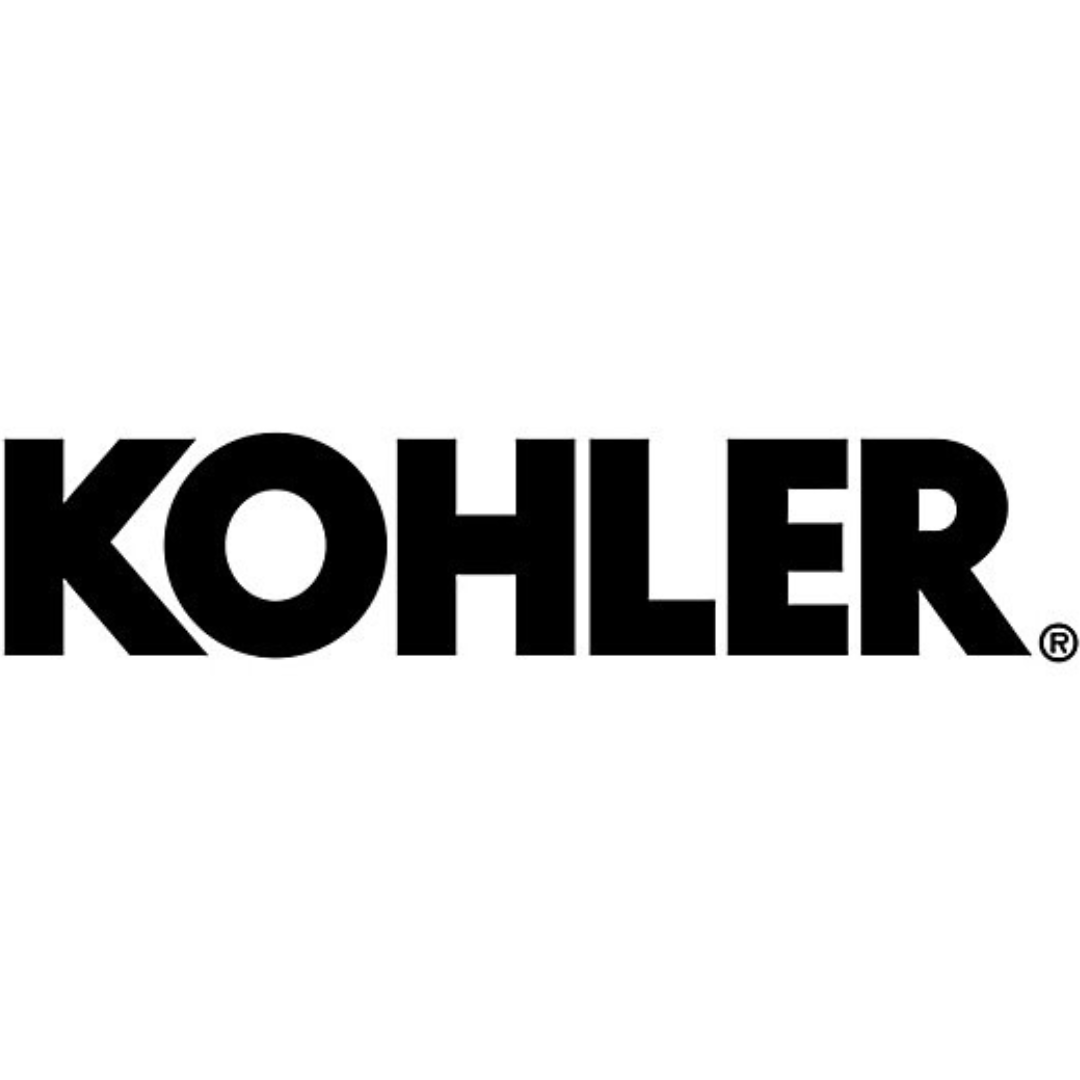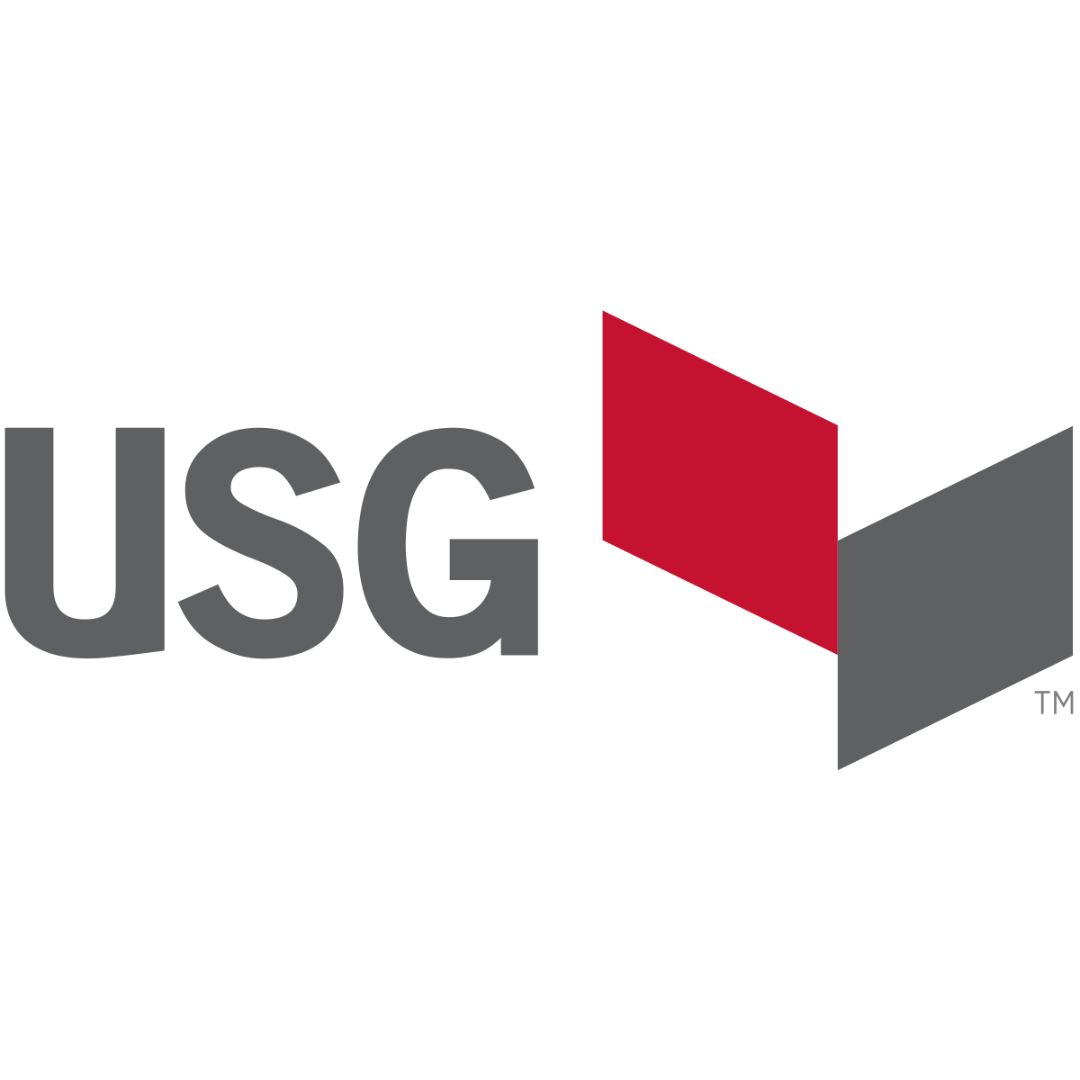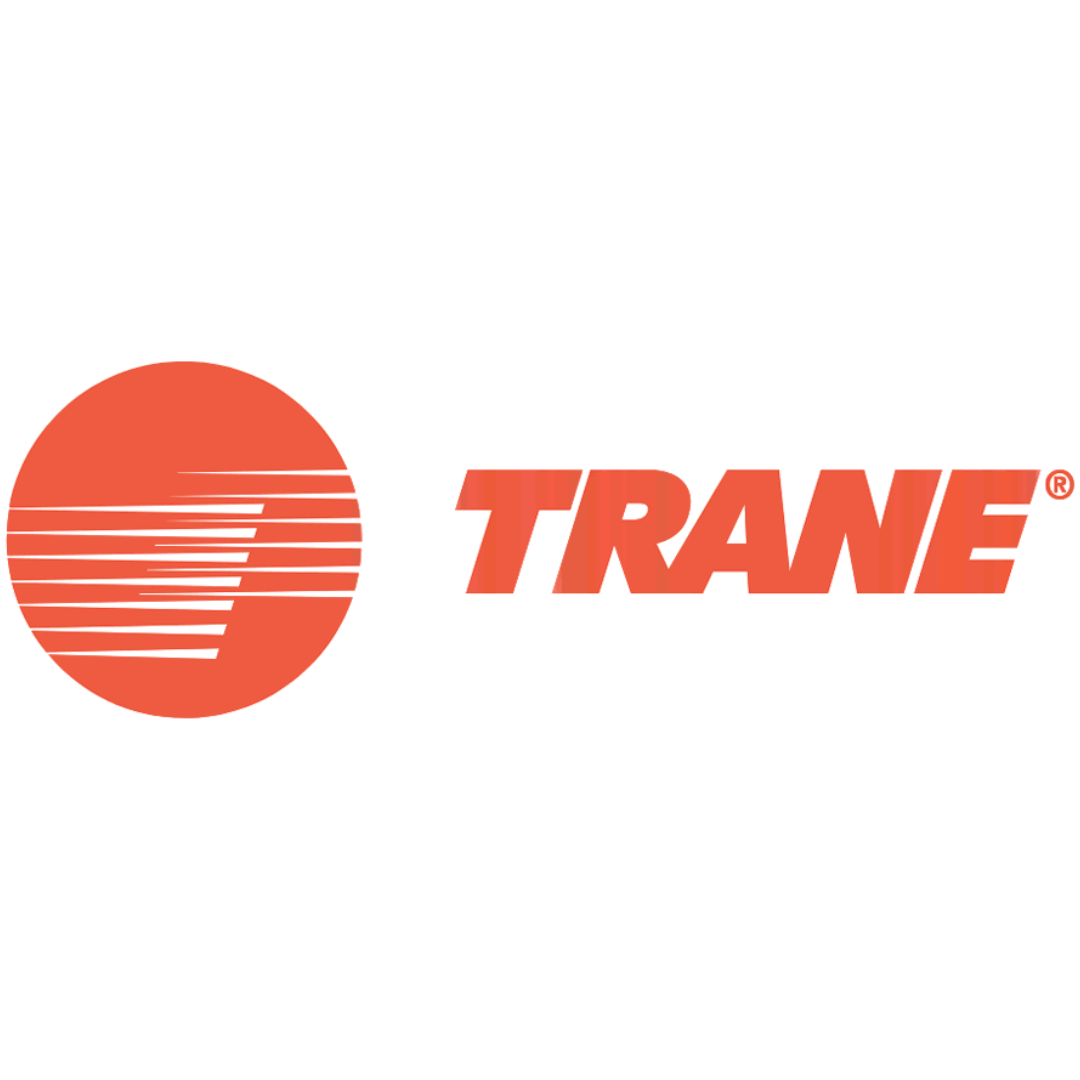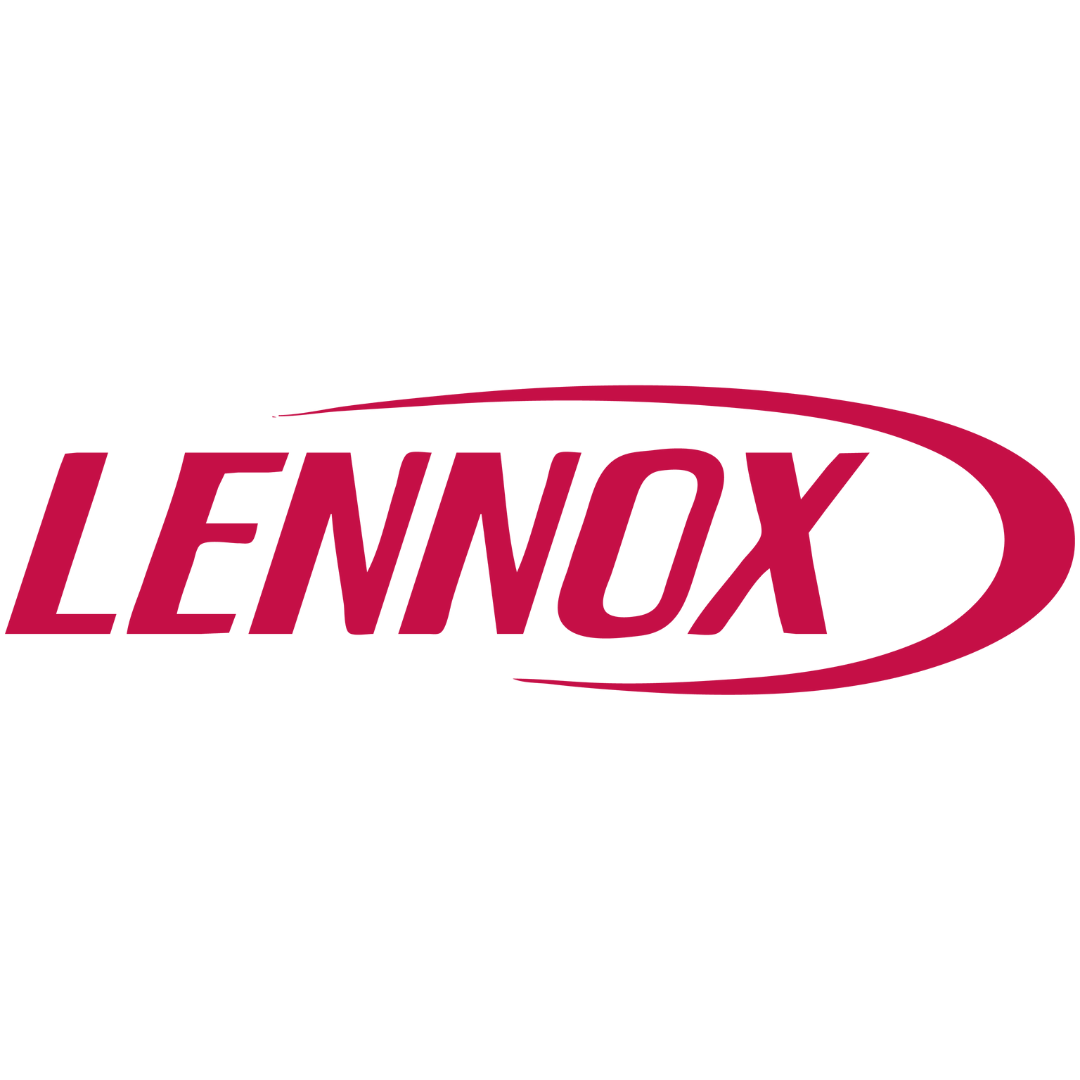What is the Cost of an Attic Conversion?
August 26, 2024
Transforming an unused attic into a functional living space is an excellent way to add value to your home and increase its usability. Whether you envision a quiet home office, a cozy bedroom, or a lively entertainment area, an attic conversion can be the solution. However, the costs associated with converting an attic can vary greatly. This blog will explore those costs and help you plan effectively for your project.
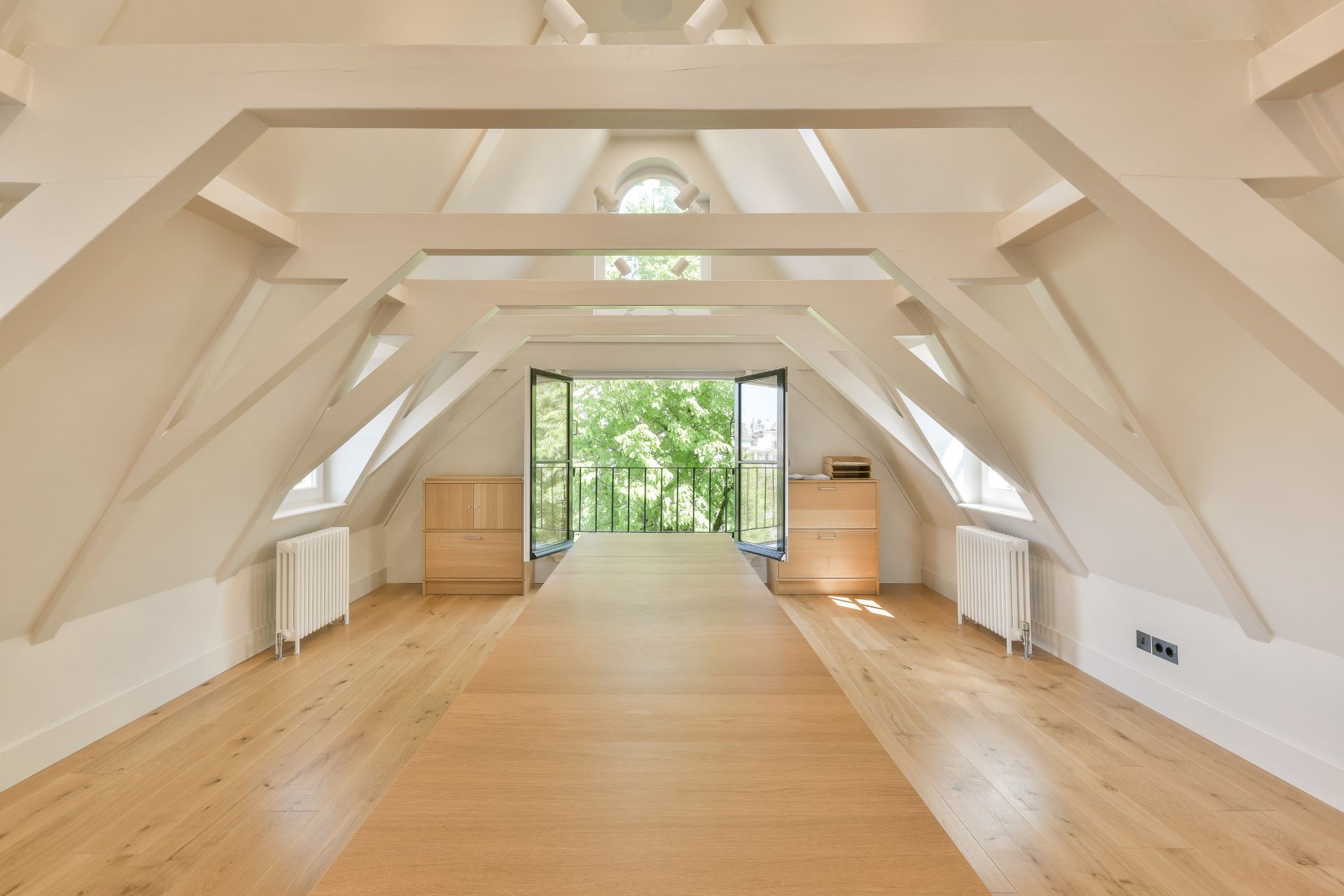
Understanding Attic Conversions
An attic conversion involves renovating your home’s topmost space into a habitable room. This change not only boosts your home's value but also maximizes your living area without the need to expand outward. The benefits extend from personal enjoyment to increased marketability should you decide to sell.
Key Factors Affecting Cost
Structural Changes
Many attics need structural enhancements to carry the additional load of a fully functional living space. This may involve reinforcing floor joists, which can be a significant expense depending on the current condition of your attic.
Insulation and Ventilation
Proper insulation and ventilation are crucial for making the attic comfortable and energy-efficient. This includes adding or upgrading HVAC systems to ensure appropriate air circulation and temperature control. Find a good company that specializes in attic insulation in Kansas City to help.
Windows and Natural Light
Adding natural light through skylights or dormer windows not only makes the space more pleasant but also requires structural work, which can increase costs significantly.
Access
If your attic isn't readily accessible, you may need to build or enhance an existing staircase. The design and materials chosen will impact the overall cost.
Utilities
Extending electrical, plumbing, and heating/cooling systems to the attic is often necessary. These installations can be complex and costly, depending on the distance from existing systems.
Average Cost Breakdown
The cost of converting an attic can range broadly from $20,000 to $50,000. Basic conversions with minimal structural changes and modest finishes can stay on the lower end, while high-end conversions with extensive alterations and luxury finishes can cost much more. Specific costs for elements like insulation or windows will vary based on material choices and the size of the space.
How to Save on Attic Conversion Costs
Recycle or Upcycle
Using recycled or upcycled materials for some parts of the build can save money and add unique charm to the space.
Phase the Project
Approaching the conversion in phases allows you to spread out the expenses, making the project more financially manageable.
Choosing the Right Contractor
Selecting a contractor with specific experience in attic conversions is crucial. They can navigate potential challenges and help manage costs effectively. Always check references and review previous projects to ensure quality and reliability.
Planning and Permits
Understanding local regulations and obtaining the necessary permits are critical steps that can affect both the timeline and budget of your attic conversion. Skipping this step can lead to costly fines and delays.
Return on Investment
While attic conversions require a significant upfront investment, they can substantially increase your home's value—often covering the cost of the investment. They make the property more attractive to potential buyers by offering additional, functional living space.
Ready to Reimagine Your Attic Space? Let's Talk
An attic conversion is a substantial but worthwhile investment that not only enhances your living space but also increases your home’s market value. Careful planning, budgeting, and the right contractor are key to ensuring the project meets your expectations without unnecessary overruns.
Ready to transform your attic into your dream space? Contact Nova Homes for a consultation. Our expertise will guide you through every step of your attic conversion, ensuring a smooth and successful project.


